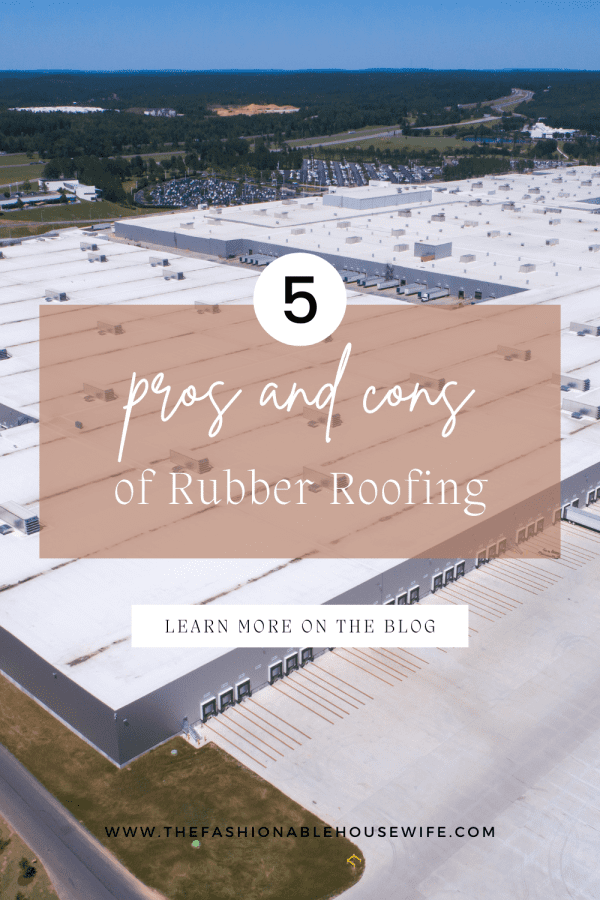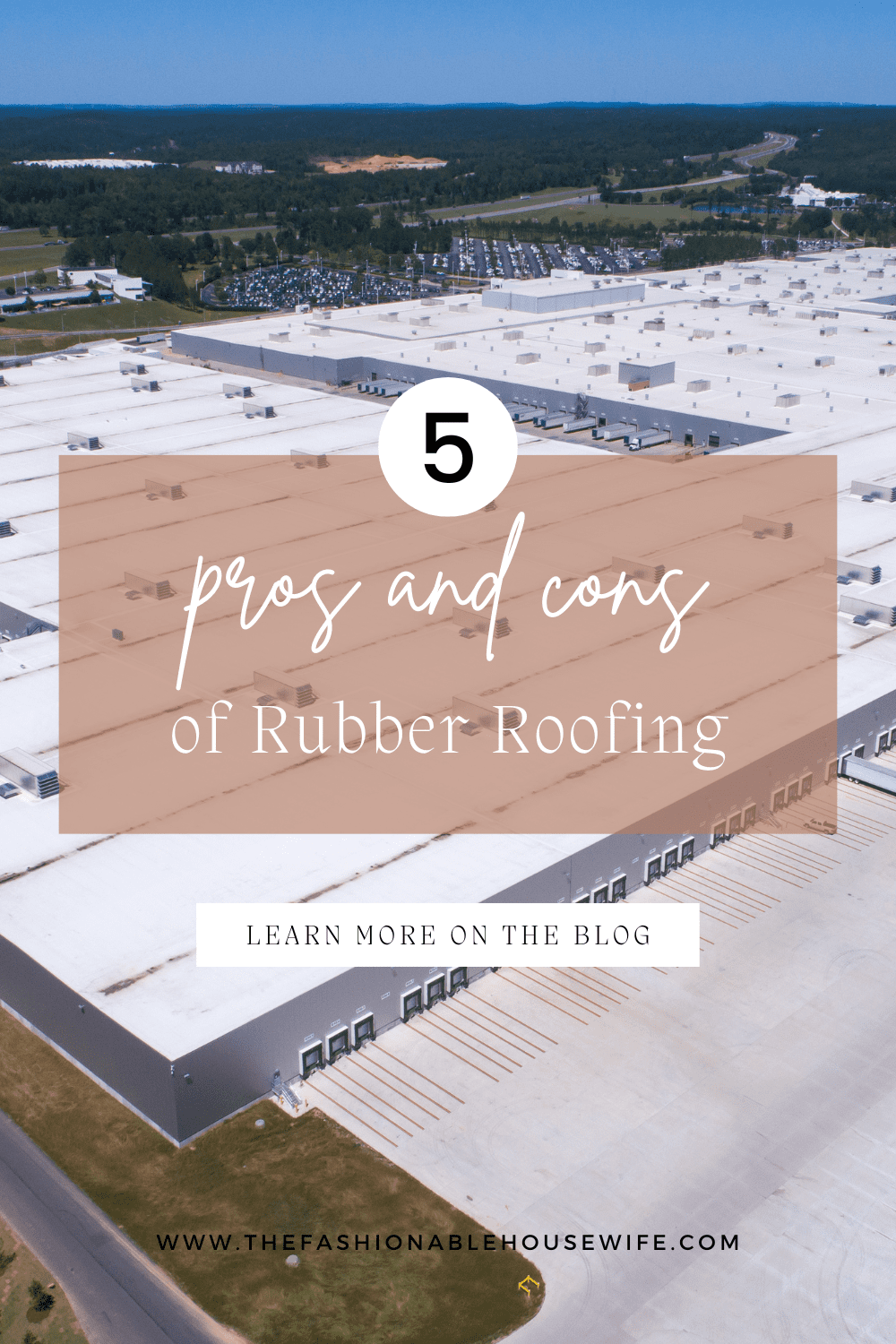5 Pros and Cons of Rubber Roofing

The choice of rubber roofing is an increasingly popular option for both residential and commercial buildings. Made from durable synthetic rubber, it is primarily used on flat or low-sloped roofs.
Companies such as Primo Roofing and Siding will often offer rubber roofing as an option, as it offers several installation benefits. However, like any roofing material, it also comes with its downsides. A professional roofing company will help you determine if rubber roofing is the right choice for your home or business. They will also likely highlight the main pros and cons to consider before deciding.
Here is a look at some key points to consider.
Rubber roofing offers durability and longevity
One of the biggest advantages of rubber roofing is its durability. This roofing material is designed to withstand extreme weather conditions, including intense sunlight, heavy rain, wind, and hail. It is also resistant to UV rays and ozone damage, making it highly suitable for properties in areas with fluctuating weather patterns.
When properly installed and maintained, rubber roofs can last 30 to 50 years, significantly outlasting traditional asphalt shingles.
Excellent energy efficiency
Rubber roofing is renowned for its energy-efficient properties. Roofs are available in light and dark colors, and the lighter-colored options, such as white, reflect sunlight, which helps reduce heat absorption and lowers cooling costs during the summer months.
Even the darker black rubber roofing, which absorbs heat, provides a layer of insulation that can keep your home warmer in the winter, improving energy efficiency year-round.
Either way, you will benefit when it comes to energy efficiency.
Minimal maintenance required
Another positive attribute of rubber roofing is that it requires minimal maintenance. Once installed, the rubber material is resistant to the common issues like cracking, blistering, or rotting that can affect other roofing types.
What are a couple of downsides about rubber roofing to consider?
Your upfront costs may be higher than other options
Although rubber roofing can be one of the most cost-effective options in the long run, your initial installation costs can be higher than traditional roofing materials like asphalt shingles.
Rubber roofing is limited to certain roof types
You will find that rubber roofing is most commonly used for flat or low-sloped roofs. Although it can be considered an excellent option for these types of structures, it is not necessarily well-suited for steep-sloped roofs, where other materials like metal or shingles may be more appropriate.
It is worth remembering this point and checking your options with a roofing professional, as it is not a versatile option for all roof types or building styles.
All things considered, rubber roofing offers a good range of benefits, including durability, energy efficiency, and low maintenance. These positives make it a solid choice, particularly for flat or low-sloped roofs. However, as with all roofing material options, it does have some limitations that you need to be aware of.
If you’re considering installing rubber roofing for your home or business, carefully weigh these pros and cons to determine if it’s the right fit for your needs. It would also be a good idea to talk to a professional roofing company, as they will talk you through your options.

